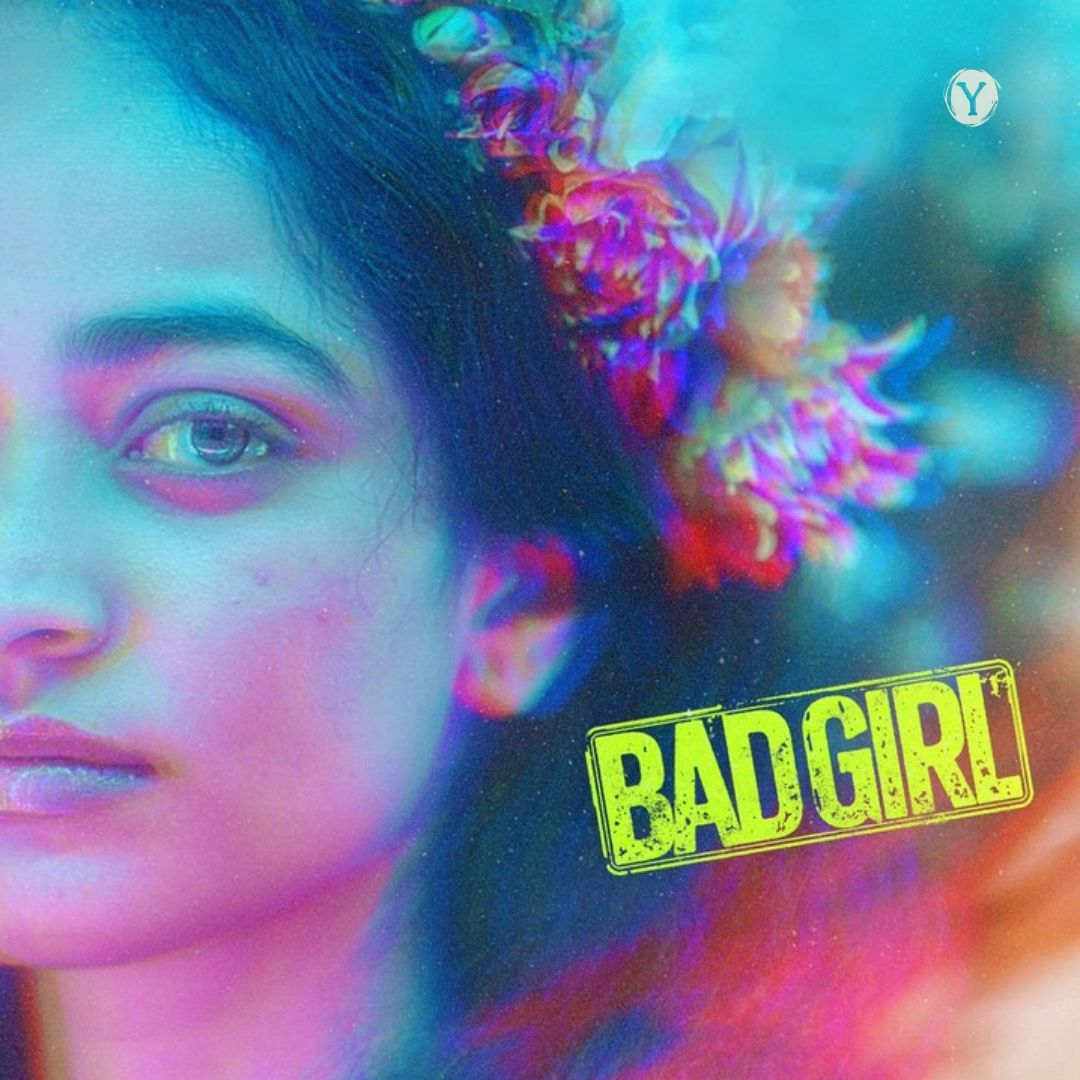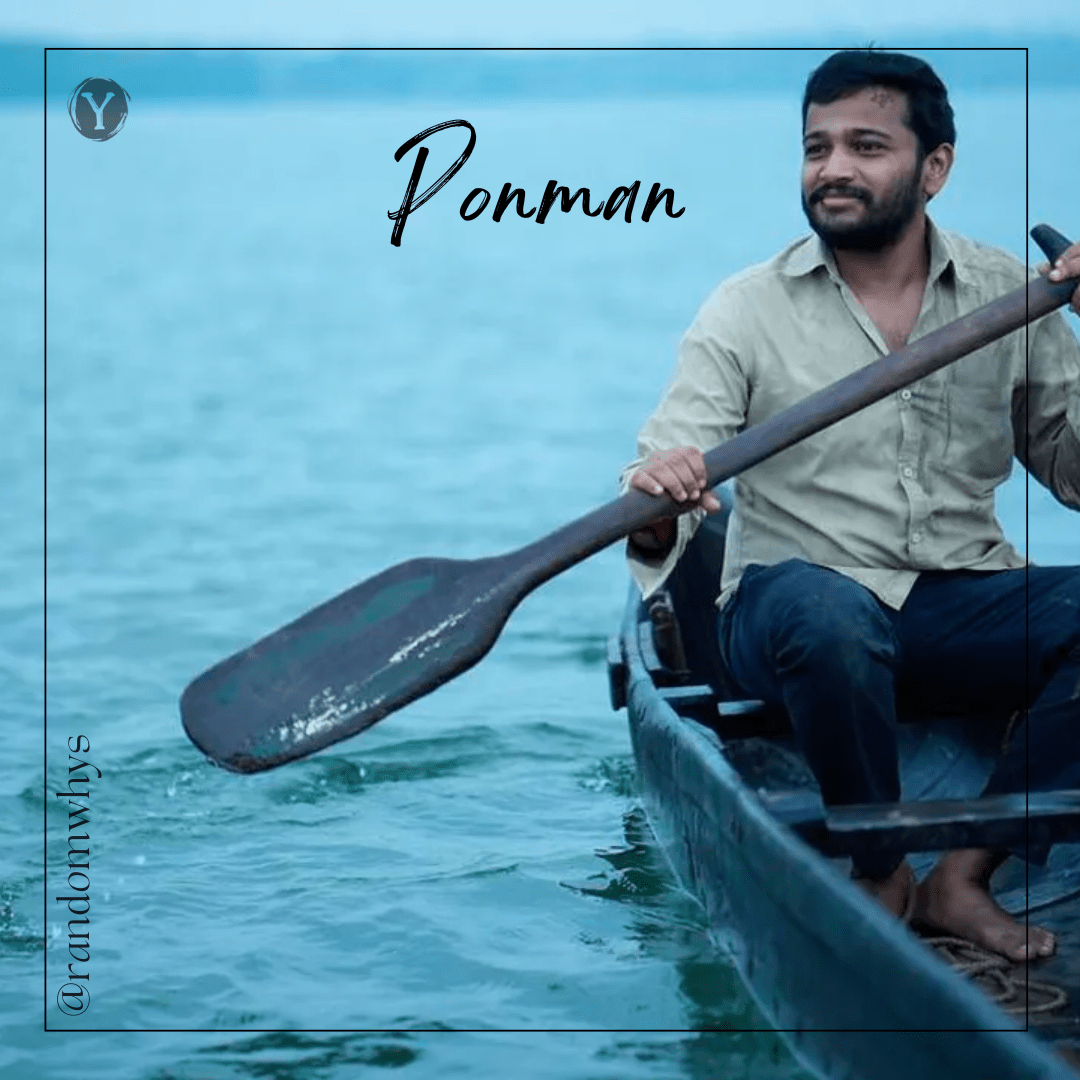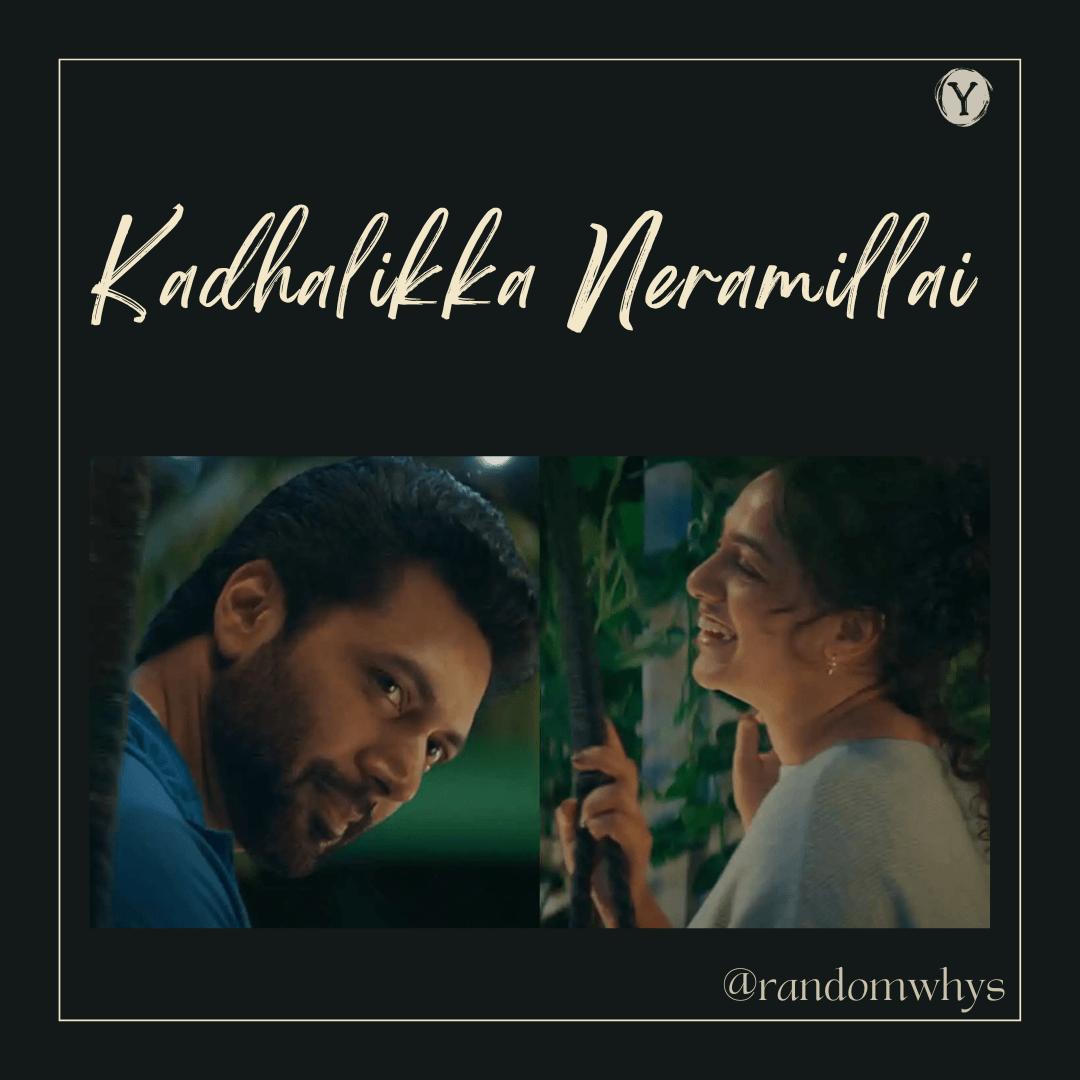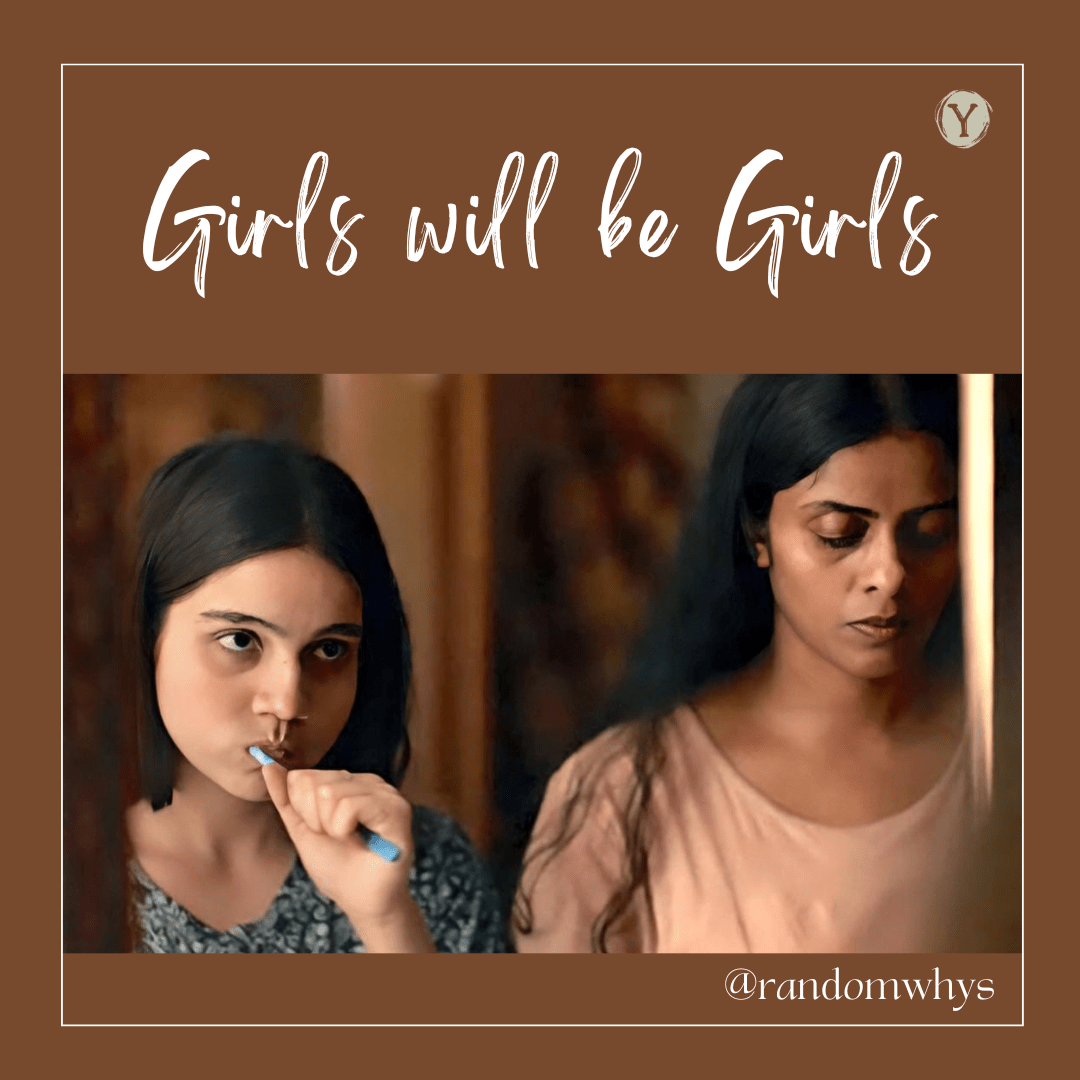Full of spoilers ! Don’t read before watching!
This movie might not be everyone’s cup of tea. Many might even dismiss such stories as unrealistic. But that’s exactly where it surprises you by taking a sensitive topic like honor killing (always reminded of V1) and turning it into something comical yet thoughtful.
Without revealing much of the concept, I’d say the film’s strength lies in its tone. It handles rituals, customs, and deeply ingrained social issues with a mix of satire and sensitivity. PR, Mamitha, and Sarath absolutely carried the show, while the others including Hridh (Parri) had minimal but fitting and impactful roles.
However, the issue is that while the movie lands several strong plot twists, and points, each is immediately followed by laughter leaving little time for reflection. The idea gets registered, but it doesn’t linger.
Still, here are some of the key scene that stood out for me
- A girl can say no and that “no” deserves respect without needing justification.
- Even a girl can have a confusion in her mind about her choices.
- The thali is just a ritual emotions define love, not symbols.
- Single parents (mothers) are often judged unfairly for their parenting choices.
- Caste remains an undercurrent, even when people think they’ve moved past it.
- Some viewers felt Paari’s role lacked depth, but giving him more weight would’ve shifted focus away from the central theme. If you look keenly, he carries more depth. No men would let other men marry their loved ones even in terms of survival.
- True love thrives only with an abundance mindset both must be and can be happy.
- Life matters more than caste, pride, or honor.
- Sometimes it’s just about meeting the right people at the right time.
- Can people really be this selfless? Maybe if they’re Shahjahan Pro Max, egofree.
- Certain scenes especially where Mamitha takes the lead show that even in a male-dominated setup, the hero should be the scapegoat for her choice. That might not please everyone, but it’s honest. And he was willing (might not sound realistic)
- I am not sure of Paari’s character in real life. Toughest of all male characters written. It reminds me of the Past lives movie (Husband’s role). Obviously, it’s just cinema.
The film subtly highlights privilege that freedom of choice, voice, and safety aren’t available to everyone. Some scenes might feel unrealistic or idealistic, but perhaps that’s the point, to imagine a world where women ( irrespective of gender) can choose love without fear. Maybe, it’s all about survival?
It’s a bold experiment but lighthearted, layered, and far from perfect. Songs were good but background scores could have been better. Give it try! Atleast you will laugh!
Cheers!
Happy Dilwali !!!!
Check out the previous post: Follow Your Plan, Not Your Mood! & Movie Reviews
If you like what you see and wish to support my work, then
Share your thoughts/suggestion at the comment section or mail at
randomwhyss[@]gmail[dot]com
Don’t miss out! Get notified about new blog posts straight to your inbox !
(No spam, pinky promise!)
Enter your mail to receive updates
















